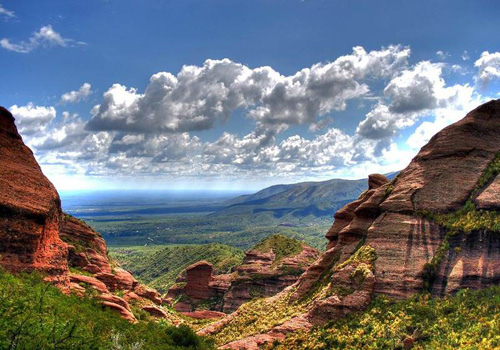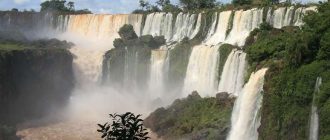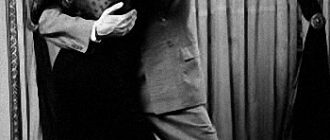Cordoba is the second largest city in Argentina. It is located in the foothills of the Sierras Chicos mountain range, roughly 60 miles from Buenos Aires. Read our guide for more facts and information…
Early History
During the colonial era, Cordoba earned the reputation as the cultural and intellectual center of not only Argentina but South America as well. In the early 1600’s the Colegio Maximo, one of the first universities in the Americas, was founded by Jesuit priests. Today Cordoba is home to museums, Jesuit historical buildings and other attractions.
Manzano Jesuitica
This area, also called the Jesuit Block, was built in the 1600’s and encompasses a university, a chapel, and several estancias or ranches. It was known as the intellectual center of Argentina for several centuries. Masses are still held in the chapel, and priests are still housed on the premises, but for the most part this area has become a national museum. Of particular note is the Domestic Chapel built in 1668. The original wood beams of the ceiling are still there, held together by strands of raw cowhide. The National University of Cordoba, the oldest university in Argentina, is also notable. It still houses the old collection of Jesuit books dating back to the 17th century.
Museo Historico Provincial Marques se Sobre Monte
This museum is the oldest and largest colonial house that still exists in Argentina. It was originally the home of the Spanish governor and was built in 1772. Today it serves as a museum dedicated to items of the Spanish colonial period. The mansion is preserved much as it was during the colonial days. The governor’s official rooms and meeting rooms are on the ground floor, with the upstairs having been the residence of the governor.
Museo Provincial de Bellas Artes Emilio Caraffa
This is the contemporary art museum and houses large collections of paintings, sculptures and photographs. This building was designed by architect Juan Kornfuss. It embodies neoclassic architecture and a modern wing. Housed here are collections that contain pieces of work by well known South American artists, including art by Juan Carlos Castagnino and Emilio Pettoruti. Each month the public can look forward to new exhibits.
Dove Hunting
Dove hunting is another attraction that brings in numerous tourists from the United States. In the U.S., dove hunting is legal, but there are restrictions to protect the mourning dove population. In Cordoba, the dove population is estimated to be about 25 million, and they are considered a nuisance to farmers. There is a wide variety of lodges and hotels around Cordoba that specialize in catering to the dove shooter and can furnish everything needed. Be prepared to shoot almost endlessly and take for granted you will shoot so much that your shoulder will be sore. Other than this, have happy hunting.





